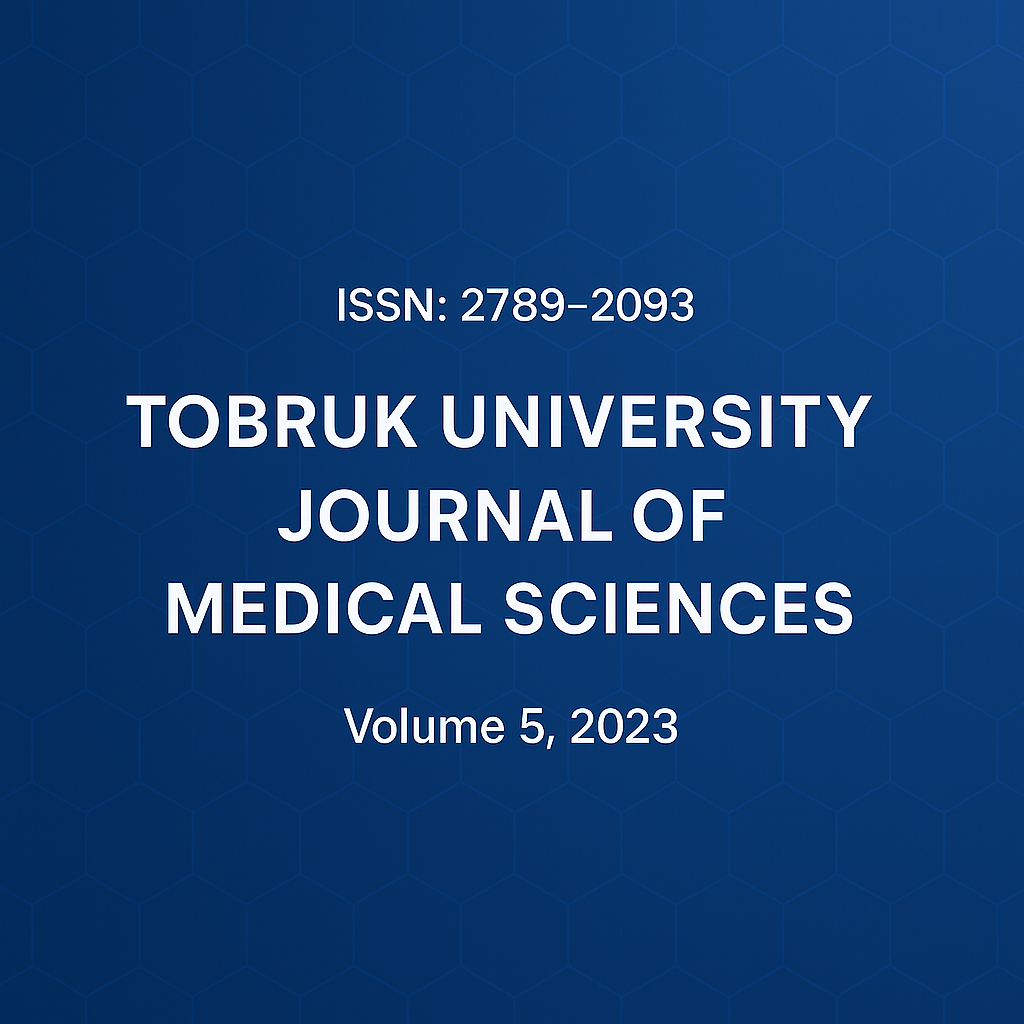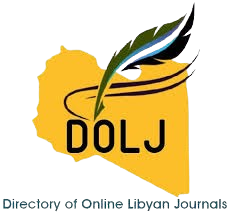Effect of Phenological Stages on Yield, Chemical Composition and Biological Properties of Essential Oil Obtained from Thymus maroccanus Ball
DOI:
https://doi.org/10.64516/dvsjhk24Keywords:
Thymus maroccanus, Morocco, Essential oils, Antioxidant, Allelopathic, InsecticidalAbstract
The effects of phenological stages on the composition, antioxidant, insecticidal and allelopathic properties of essential oils (EOs) obtained from the aerial parts of Thymus maroccanus Ball. Were studied. The GC-MS analysis identified that analyzed EOs were dominated by carvacrol (63.70 - 68.19 %) followed by p-cymene (6.09 - 9.67 %) and γ-terpinene (3.67 - 8.49 %). When carvacrol and p-cymene increased progressively from the lowest values (63.70% and 6.09%) at the pre-flowering stage to reach the highest ones (68.19% and 9.67%) at post-flowering stage, γ-terpinene decreased gradually from the highest proportion (8.49%) to reach its lowest one (3.67%). EO from post-flowering aerial parts showed higher scavenging ability on DPPH radicals (% inhibition: 25.19 - 95.75 %; IC50 = 0.26 mg/mL), contrast, essential oil from pre-flowering stage exhibited the highest Fe3+ reducing power ability (Absorbance: 0.329 - 0.812; IC50 = 0.14 mg/mL). Insecticidal properties showed no substantial difference between T. maroccanus EO extracted at different growth stages. The LD50 and LD90 values were ranged from 0.15 to 0.17 µL/cm2, and from 0.37 to 0.47 µL/cm2, respectively in contact assays, as well as from 318.93 to 362.84 µL/L air, and from 725.08 to 739.12 µL/L air, respectively in fumigant assays. The results indicated that allelopathic activity of EOsnot greatly affected by growth developmental stages.
References
1. Abbott WS. A method for computing the effectiveness of an insecticide. J Econ Entomol. 1925;18:265–7.
2. Abrahim D, Braguini WL, Kelmer-Bracht AM, Ishii-Iwamoto EL. Effects of four monoterpenes on germination, primary root growth, and mitochondrial respiration of maize. J Chem Ecol. 2000;26:611–24.
3. Alaoui Jamali C, El Bouzidi L, Bekkouche K, Hassani L, Markouk M, Wohlmuth H, Leach D, Abbad A. Chemical composition, antioxidant and anticandidal activities of essential oils from different wild Moroccan Thymus species. Chem Biodivers. 2012;9:1188–97.
4. Alaoui Jamali C, Kasrati A, Bekkouche K, Hassani L, Wohlmuth H, Leach D, Abbad A. Cultivation and the application of inorganic fertilizer modifies essential oil composition in two Moroccan species of Thymus. Ind Crops Prod. 2014;62:113–8.
5. Alaoui Jamali C, Kasrati A, Bekkouche K, Hassani L, Wohlmuth H, Leach D, Abbad A. Phenological changes to the chemical composition and biological activity of the essential oil from Moroccan endemic thyme (Thymus maroccanus Ball). Ind Crops Prod. 2013;49:366–72.
6. Alaoui Jamali C, Kasrati A, Leach D, Abbad A. Étude comparative de l’activité insecticide des huiles essentielles des espèces de thyms originaires du Sud-Ouest marocain. Phytothérapie. 2016;1–7.
7. Angelini LG, Carpanese G, Cioni PL, Morelli I, Macchia M, Flamini G. Essential oils from Mediterranean Lamiaceae as weed germination inhibitors. J Agric Food Chem. 2003;51:6158–64.
8. Arminante F, De Falco E, De Feo V, De Martino L, Mancini E, Quaranta E. Allelopathic activity of essential oils from Mediterranean Labiatae. Int Symp Labiatae. 2006;723:347–56.
9. Azirak S, Karaman S. Allelopathic effect of some essential oils and components on germination of weed species. Acta Agric Scand B. 2008;58:88–92.
10. Bellakhdar J. Medicinal Plants in North Africa and Basic Care. Casablanca: Le Fennec; 2006.
11. Ben Farhat M, Jordán MJ, Chaouech-Hamada R, Landoulsi A, Sotomayor JA. Variations in essential oil, phenolic compounds and antioxidant activity of Tunisian cultivated Salvia officinalis L. J Agric Food Chem. 2009;57:10349–56.
Downloads
Published
Issue
Section
License
Copyright (c) 2021 A. Aljaiyash, A. Kasrati, H. Labiad, C. Alaoui, M. Ghanmi, B. Satrani, A. Chaouch (Author)

This work is licensed under a Creative Commons Attribution 4.0 International License.











